1. The Flying Car Dream (1956)
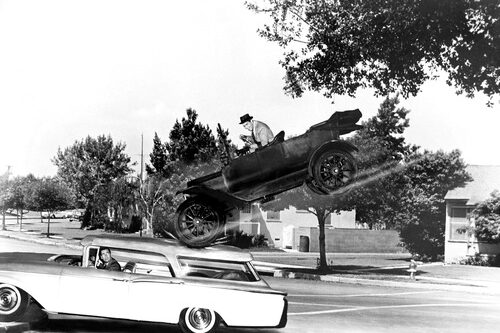
Back in the 1950s, the idea of flying cars was a common feature in futuristic advertisements. One particularly bold ad showcased an image of a sleek car soaring through the sky, promising a world where traffic jams would be a thing of the past. It was supposed to be the future of personal transportation, where the skies would be as crowded as the roads.
While we’re not quite flying over cityscapes just yet, the concept of flying cars has evolved into serious projects by companies like Terrafugia and Uber. Though we haven’t fully entered the era of airborne vehicles, the idea is still very much alive, and test flights have already begun. So, it looks like those mid-century ad creators weren’t too far off after all.
2. The Digital Watch That Never Stops (1962)
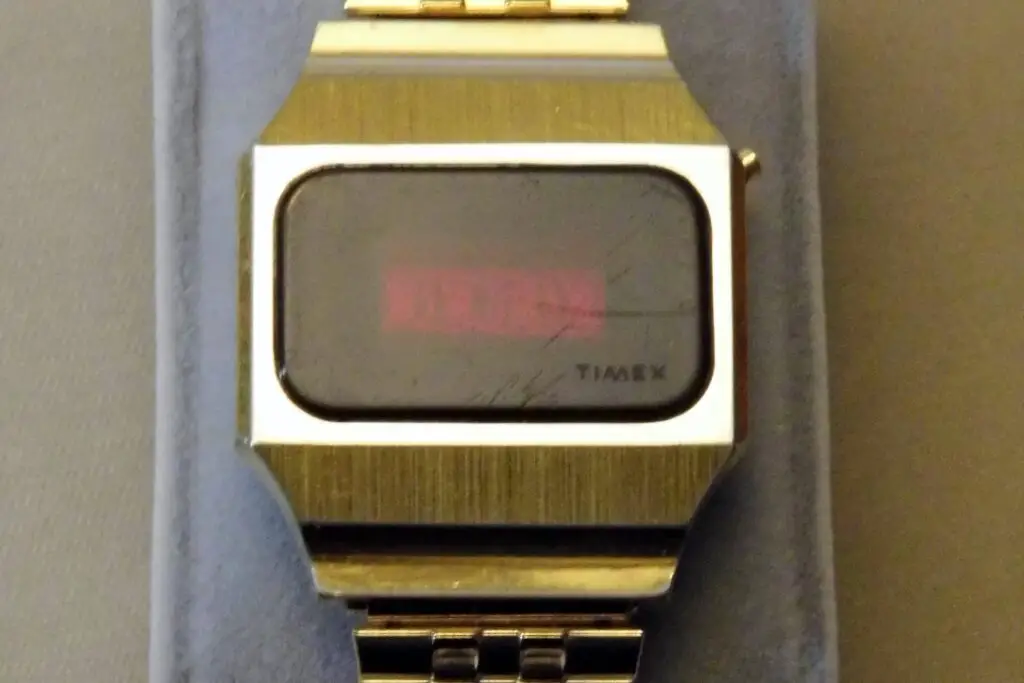
In the early ’60s, wristwatches were still a classic symbol of style, but one ad boldly predicted the end of the traditional timepiece. It suggested a future where digital watches would not only exist but would transform the way we think about time. The ad depicted a futuristic design, claiming that one day, everyone would wear a digital display instead of the familiar analog face.
Fast forward to today, and we can see how right that prediction was. The popularity of digital watches has been replaced with smartwatches, which do much more than just show the time—they monitor health, connect to our phones, and track fitness. That vision from the ’60s turned out to be a pretty accurate glimpse of where technology was headed.
3. The Paperless Office (1975)

Long before we started worrying about cloud storage and digital files, a 1970s ad boasted that we were on the cusp of a paperless office. The ad envisioned a workplace where technology would render paper documents obsolete, making the need for filing cabinets and bulky paperweights a thing of the past.
Today, digital documents and virtual storage have made the paperless office a reality for many. With email, cloud services, and digital signatures, offices around the world have drastically reduced paper usage, just as that old ad predicted. It’s a perfect example of how even the wildest predictions can come true with enough time.
4. The Robot Waiter (1983)
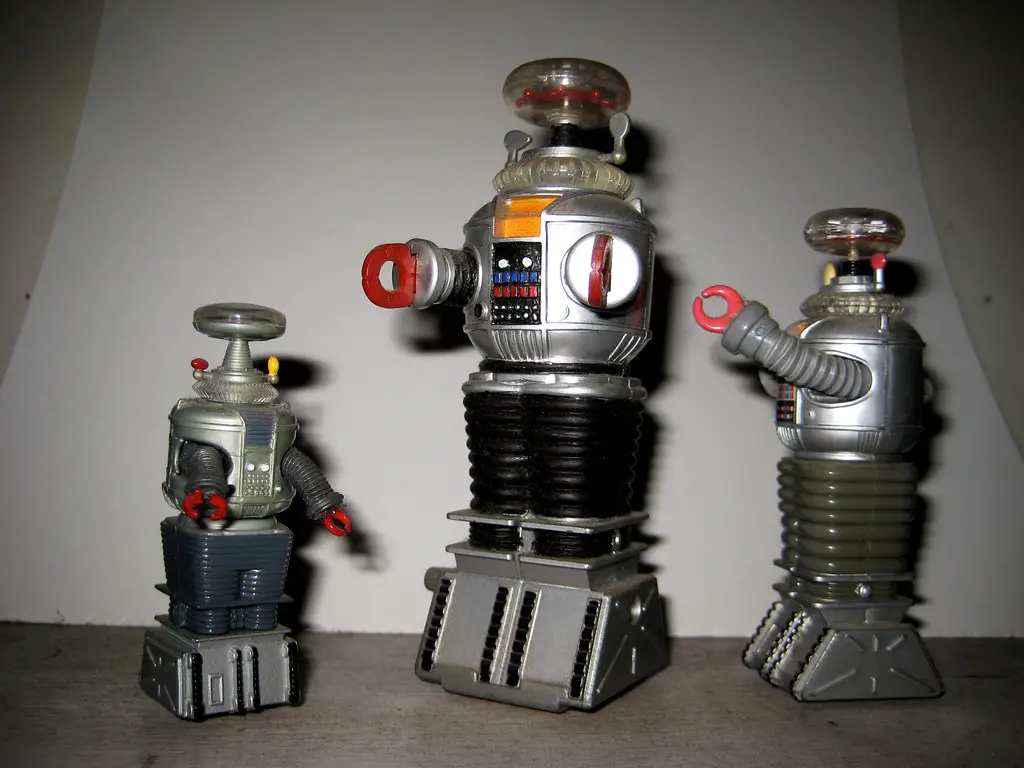
In the early ’80s, an advertisement for a futuristic diner depicted robot waiters serving customers at the speed of light. The ad showed a mechanical arm delivering food and drinks, touting efficiency and convenience in a way that felt almost too good to be true.
While we haven’t replaced waiters entirely, robots are making their way into the service industry. From fast-food chains like McDonald’s experimenting with automated ordering kiosks to fully autonomous robots delivering food in some cities, this ad’s vision is slowly becoming a reality. The future of dining could very well include a robot serving your meal with precision.
5. The Virtual Reality World (1991)
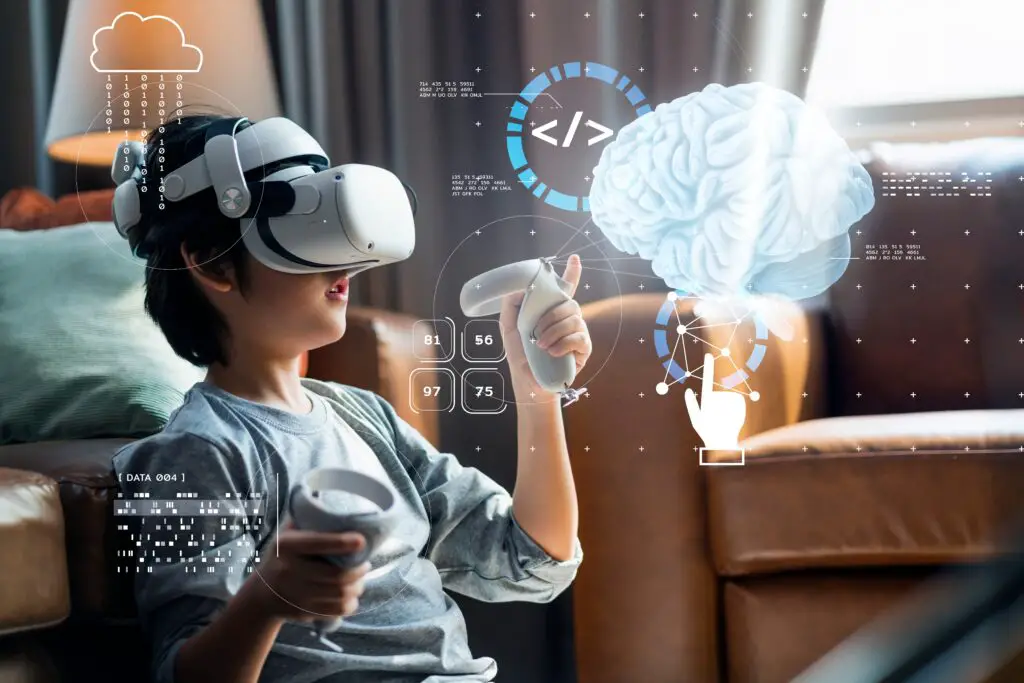
In 1991, an advertisement for a new gaming system took a giant leap into the realm of virtual reality. It showed users wearing clunky headsets, diving into worlds where they could interact in ways never before imagined. While it seemed like an outlandish fantasy at the time, the ad predicted a future where immersive experiences would become commonplace.
Now, virtual reality is a booming industry, with devices like the Oculus Rift and PlayStation VR giving users a taste of the world the ad promised. While the technology has come a long way since then, it’s clear that the ad’s futuristic vision of VR was spot-on. Virtual reality is already shaping entertainment, gaming, and even education.
6. The Smart Home (1985)
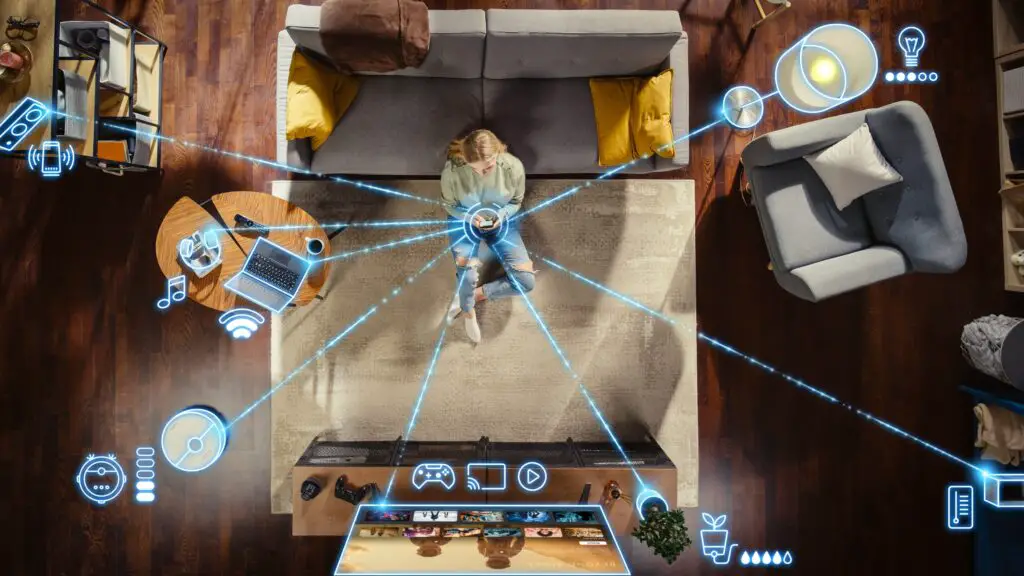
Smart home technology was another concept that seemed too advanced for its time when it appeared in an ’80s ad. The commercial featured a house that automatically adjusted lighting, temperature, and security based on the owner’s preferences, without a single switch being flipped. It portrayed a world where homes were intuitively connected to their occupants’ needs.
Today, this idea is a staple of modern living. From voice-controlled lights to smart thermostats and security cameras, we’ve come a long way since those early days. Technology like Amazon Alexa and Google Home has turned that retro dream into a reality, with homes that respond to our every command. It’s clear that the future of home automation was a vision worth believing in.
